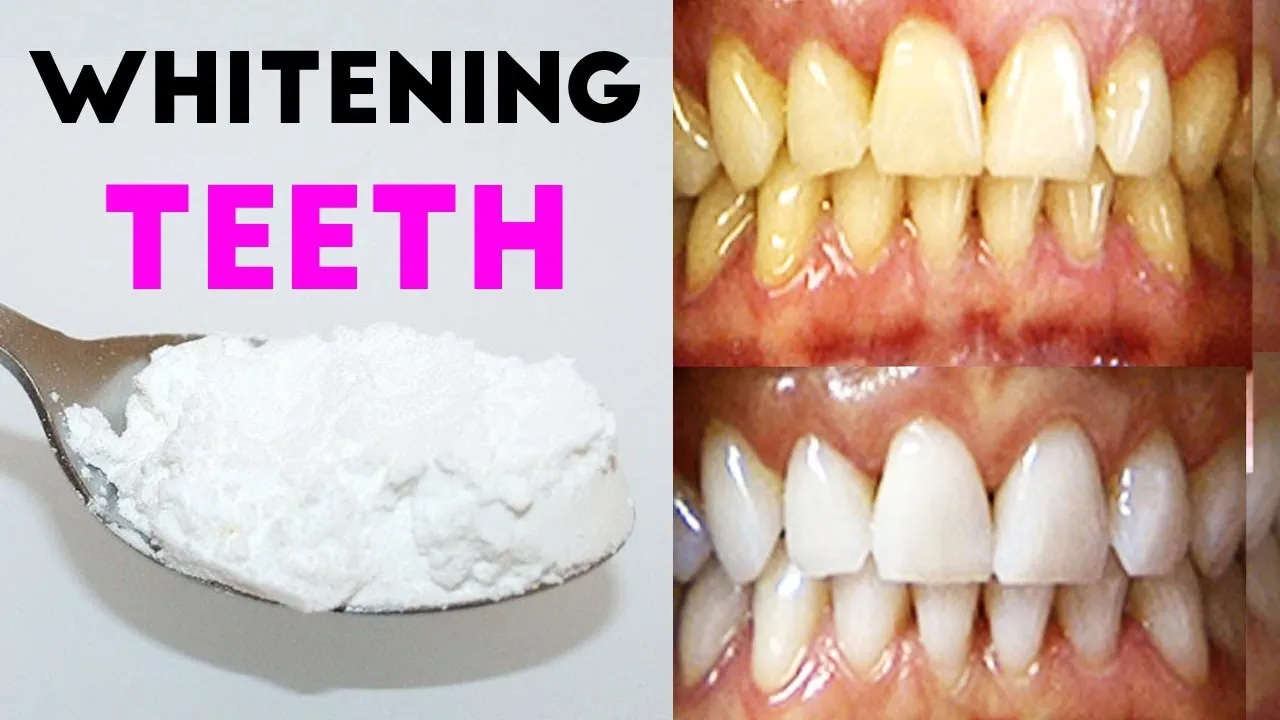Achieving a dazzling smile often involves cosmetic dentistry, with dental veneers being a popular choice. However, maintaining the brightness of your veneers can be a concern. This article explores the safest and most effective ways to whiten veneers, focusing on what works, what doesn’t, and how to protect your investment in a perfect smile. We will dive into the specifics of veneer materials, the limitations of whitening, and alternative methods to maintain your bright, beautiful smile.
What are Veneers
Dental veneers are thin, custom-made shells designed to cover the front surface of teeth, improving their appearance. Typically crafted from porcelain or composite resin, veneers can address various cosmetic concerns, including chipped, stained, or misaligned teeth. Veneers offer a durable and natural-looking solution to enhance your smile, providing a significant boost to your overall appearance and confidence. Understanding what veneers are is the first step in understanding how to care for them.
Types of Veneers
There are primarily two types of veneers porcelain and composite resin. Porcelain veneers are known for their durability, stain resistance, and natural appearance, often mimicking the translucency of natural teeth. Composite resin veneers are less expensive and can be applied in a single appointment, but they may be more prone to staining and are less durable compared to porcelain. The choice between these options depends on your individual needs, budget, and the recommendations of your dentist. Different veneer types affect how they can be maintained.
Understanding Veneers
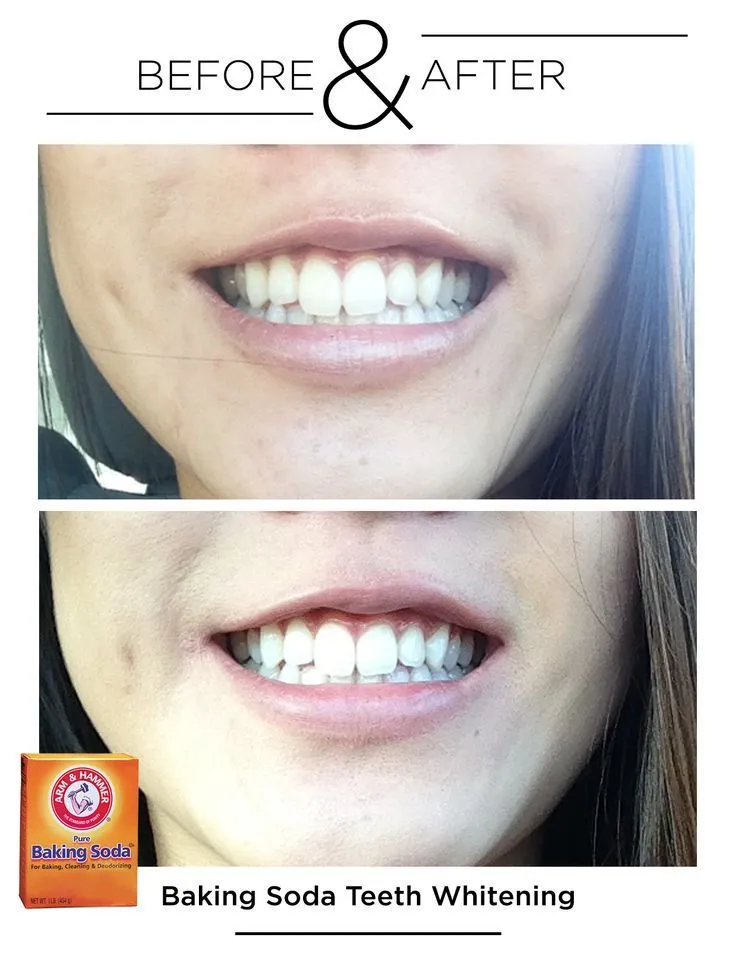
Veneers are designed to be a long-term solution for improving your smile, so understanding their composition and how they interact with your teeth is crucial. Porcelain veneers are made from a ceramic material that is highly resistant to staining and discoloration. Composite veneers, on the other hand, are more porous and can be more susceptible to stains from food, drinks, and smoking. Proper care and maintenance are essential to ensure that your veneers last for many years and continue to enhance your smile. Regular check-ups with your dentist will also help in the long run.
Can You Whiten Veneers
The simple answer is no, you generally cannot whiten veneers using the same methods used for natural teeth. The materials used to make veneers, particularly porcelain, are stain-resistant, but they do not respond to whitening agents like hydrogen peroxide or carbamide peroxide, which are common in whitening toothpaste and professional treatments. Composite veneers may show slight improvement with surface stain removal, but the underlying color of the veneer will remain unchanged. The best approach to whitening veneers is often prevention and proper maintenance.
The Limitations of Whitening Veneers
The primary limitation of whitening veneers is their material composition. Unlike natural teeth, which have pores that can be penetrated by whitening agents, veneers are designed to be non-porous. This means that the whitening agents cannot effectively change the color of the veneer itself. Attempting to whiten veneers with conventional methods is generally ineffective and can, in some cases, lead to damage to the veneer surface or surrounding teeth and gums. The focus should instead be on maintaining the original shade and preventing stains.
Why Veneers Don’t Whiten Like Natural Teeth
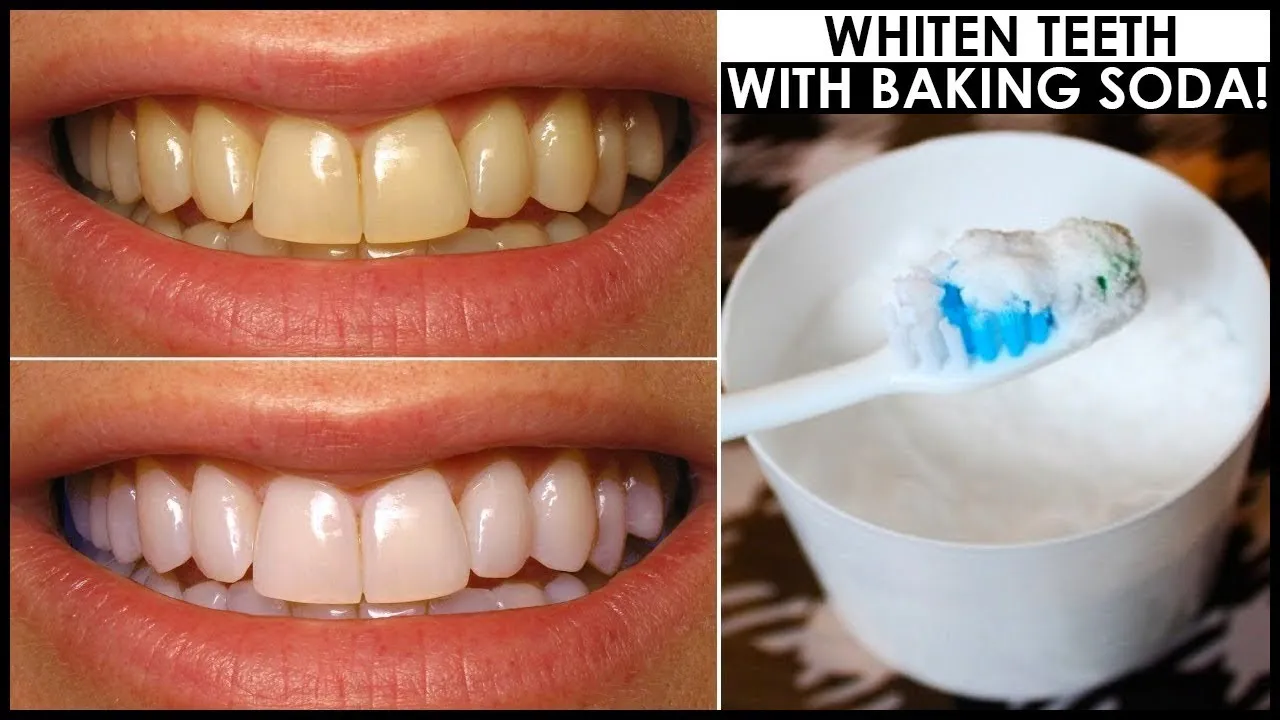
Natural teeth contain enamel and dentin, which react to whitening agents. Enamel has pores that allow the whitening agents to penetrate and break down stain molecules. Dentin, the layer beneath the enamel, also contributes to the tooth’s color. Veneers, on the other hand, are made from materials that are designed to be stain-resistant and non-porous. The structure of veneers prevents the whitening agents from reaching the interior of the material and changing its color. This structural difference means that typical whitening methods are ineffective on veneers.
The Role of the Bonding Agent
The bonding agent is the adhesive used to attach the veneer to your natural tooth. While the veneer itself won’t whiten, the bonding agent can be affected by whitening treatments. Over time, the bonding agent may discolor, creating a noticeable difference between the veneer and the surrounding teeth. In some cases, this discoloration can make the veneers appear less bright. Therefore, it’s essential to consider how whitening treatments might affect the bonding agent when discussing whitening options with your dentist.
Whitening Veneers Methods
Since traditional whitening methods do not work on veneers, maintaining the appearance of your veneers requires different approaches. Regular dental cleanings are essential for removing surface stains and maintaining the brightness of your veneers. Avoiding staining foods and drinks, such as coffee, tea, and red wine, can also help. If your veneers have become stained, your dentist may recommend professional polishing to remove surface stains, which can help restore their original brightness. Another option is to consider replacing the veneers.
Professional Whitening Options
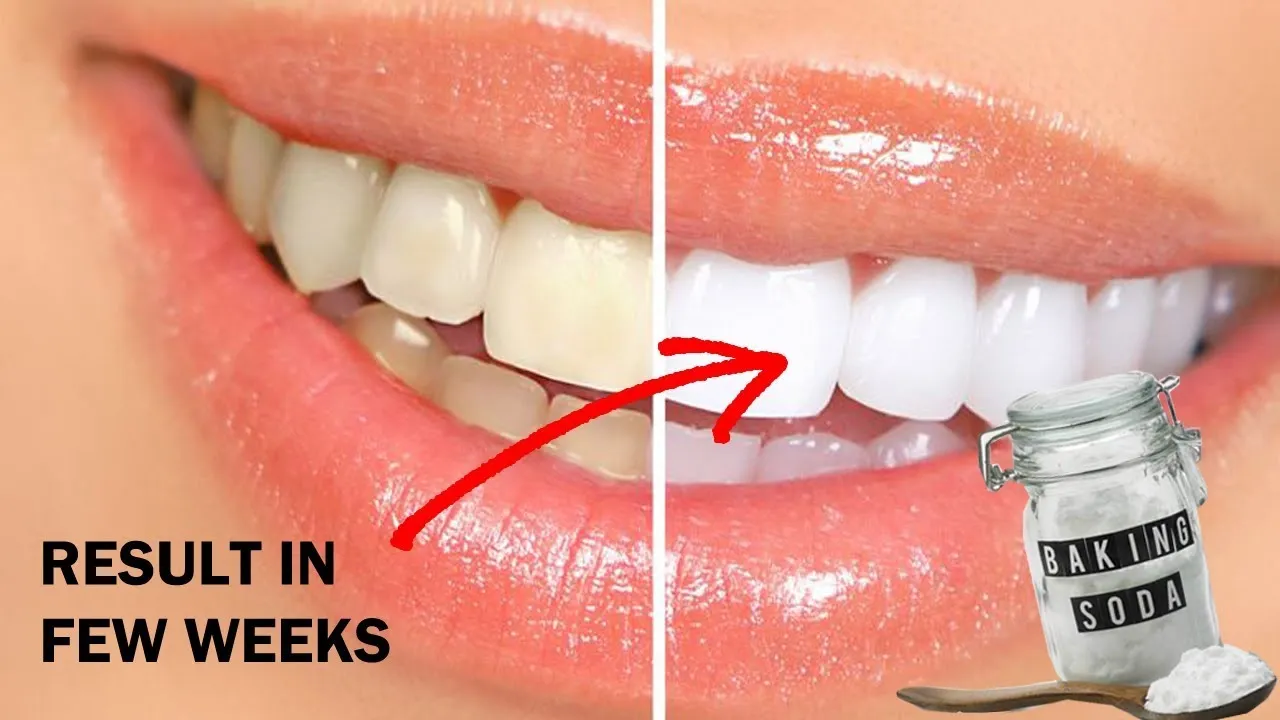
While veneers themselves cannot be whitened, your dentist may offer professional whitening for your natural teeth if they are discolored. This can help create a more consistent appearance with the veneers. Professional whitening treatments are more effective and safer than at-home methods because dentists can monitor the process and use stronger whitening agents. They can also protect your gums and teeth during the procedure. Another option to enhance the brightness is to replace the veneers. This involves creating new veneers that match your desired shade, ensuring a brighter and more uniform smile.
Laser Whitening
Laser whitening is a professional teeth whitening procedure that is sometimes marketed as a way to whiten veneers. However, it’s essential to understand that laser whitening, like other professional whitening treatments, primarily targets the enamel of natural teeth. The laser enhances the effect of the whitening agent, but it does not change the color of veneers. Laser whitening can be effective for whitening the surrounding natural teeth to match the veneers. This can improve the overall appearance of your smile, but it does not alter the color of the veneers themselves.
At-Home Whitening for Natural Teeth (Not Veneers)
Many at-home whitening products are available, including whitening toothpaste, strips, and gels. These products work by using bleaching agents, such as hydrogen peroxide, to penetrate the enamel and remove stains. It is important to note that these products are effective only on natural teeth and will not whiten veneers. Using these products on veneers is not recommended as it could damage the veneer surface. If you have both veneers and natural teeth, it’s crucial to use these products cautiously and according to your dentist’s advice to avoid uneven whitening and potential damage.
Baking Soda and Whitening
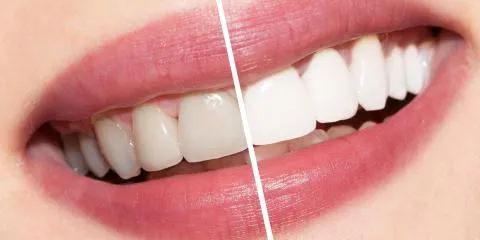
Baking soda is a mild abrasive that can remove surface stains from teeth. Many people turn to baking soda as a DIY whitening method, mixing it with water to create a paste and brushing their teeth with it. While baking soda can help remove surface stains from natural teeth, its effectiveness on veneers is limited. The primary benefit of baking soda on veneers is its gentle abrasive action, which can help remove surface stains. However, it will not alter the color of the veneer itself. However, it’s crucial to be cautious about using baking soda on veneers.
Does Baking Soda Whiten Veneers
The direct answer is no; baking soda does not whiten veneers in the same way it whitens natural teeth. The active mechanism of baking soda involves removing surface stains and polishing the enamel. Because veneers are made from non-porous materials, baking soda cannot penetrate them to change their color. While it may help remove some surface stains and make the veneers appear cleaner, it won’t change the underlying color of the veneer. So, if you’re hoping for a significant whitening effect on your veneers, baking soda is not the solution.
The Risks of Baking Soda
While baking soda is generally considered safe, excessive or improper use can pose risks, particularly for veneers. The abrasive nature of baking soda can potentially scratch the surface of the veneers, making them more susceptible to staining over time. Overuse can also damage the enamel of natural teeth. Using baking soda too frequently or with excessive force can lead to enamel erosion, tooth sensitivity, and gum irritation. For veneers, scratches from baking soda can dull their shine and make them more prone to collecting stains. It’s always best to consult your dentist before using baking soda.
Alternatives to Baking Soda

If you’re looking for alternative ways to maintain the appearance of your veneers, consider using a soft-bristled toothbrush and a non-abrasive toothpaste designed for veneers. Many toothpaste brands formulate products specifically for veneers and cosmetic dental work, which are gentle and effective at cleaning without causing damage. Regular dental cleanings are also essential for removing surface stains and maintaining a polished look. Following a proper oral hygiene routine is essential to keep your veneers looking their best. Avoiding staining foods and drinks is another important factor.
Gentle Cleaning Methods for Veneers
Gentle cleaning methods are key to maintaining the appearance and longevity of your veneers. Always use a soft-bristled toothbrush to avoid scratching the surface. Brush your teeth twice a day for two minutes each time, ensuring you reach all surfaces of your veneers and natural teeth. Choose a non-abrasive toothpaste specifically designed for veneers, as these products are formulated to clean effectively without damaging the veneer material. Using gentle techniques will help preserve the shine and integrity of your veneers, keeping your smile beautiful for years to come.
Maintaining a Bright Smile with Veneers
Maintaining a bright smile with veneers involves a comprehensive approach that goes beyond just cleaning. Along with regular brushing and flossing, a healthy diet plays a crucial role. Limiting your consumption of staining foods and drinks, such as coffee, tea, red wine, and berries, can help prevent discoloration. If you do consume these items, rinse your mouth with water afterward. Regular dental check-ups are also essential. Your dentist can professionally clean your veneers, remove surface stains, and monitor the condition of your veneers.
Oral Hygiene Routine for Veneers
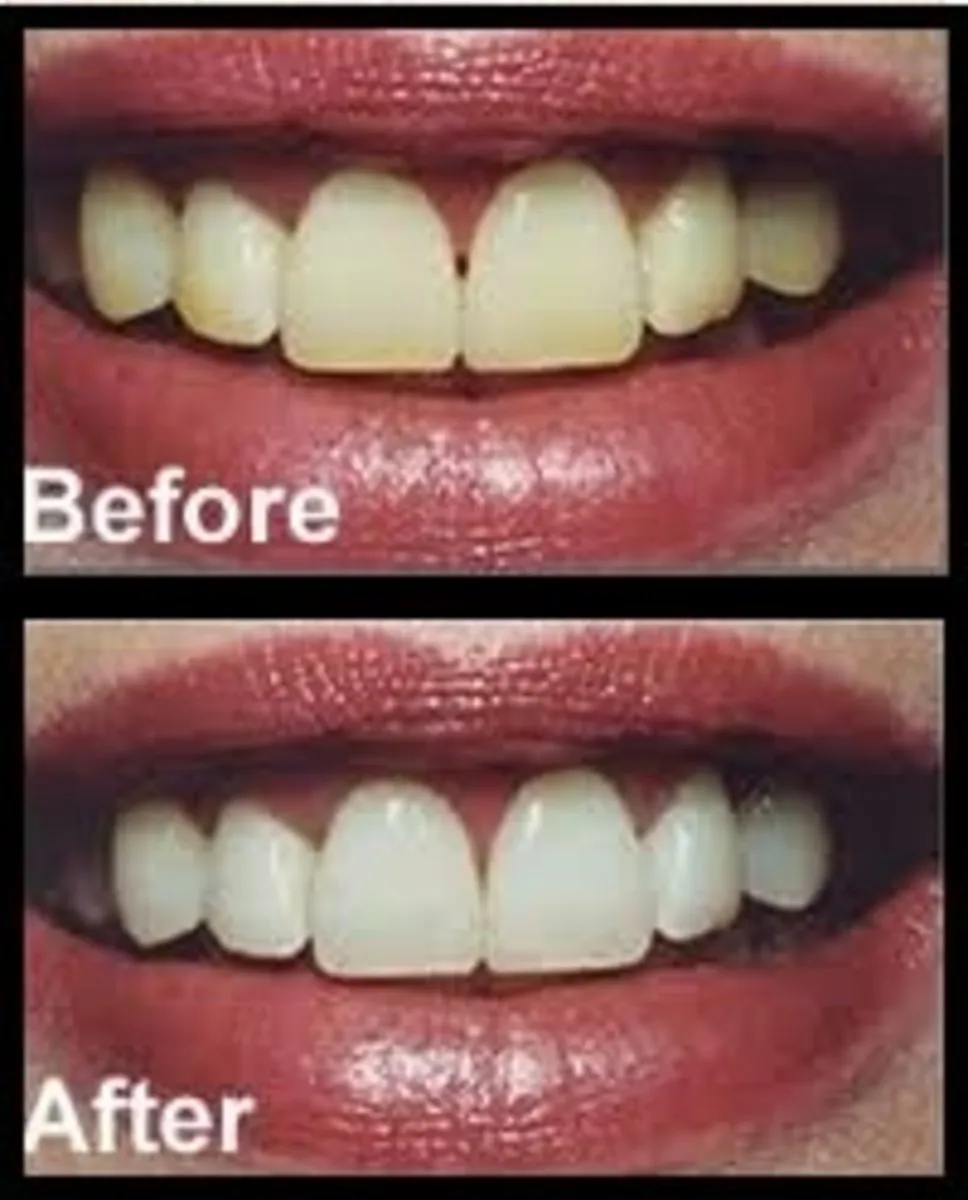
A proper oral hygiene routine is vital for preserving the appearance and lifespan of your veneers. This includes brushing twice daily with a soft-bristled toothbrush and a non-abrasive toothpaste. Floss daily to remove plaque and food particles from between your teeth and around your veneers. Consider using an oral irrigator to help reach areas that are difficult to clean with a toothbrush and floss. Also, rinse with a non-alcoholic mouthwash to further remove bacteria and maintain fresh breath. Consistency is key to preventing stains and maintaining the brightness of your smile. Regular dental appointments are also essential to keep the teeth and gums healthy.
Avoiding Stains on Veneers
Avoiding stains on veneers involves being mindful of your diet and habits. Limit your intake of staining foods and drinks, such as coffee, tea, red wine, and dark-colored berries. If you consume these items, rinsing your mouth with water immediately afterward can help reduce the risk of staining. Smoking can also stain veneers, so quitting smoking is another important step in maintaining a bright smile. With proper care, it’s possible to keep veneers looking their best for many years.
Regular Dental Check-ups
Regular dental check-ups are essential for maintaining the health and appearance of your veneers and natural teeth. During these appointments, your dentist will clean your teeth and veneers, removing any surface stains and plaque. They will also assess the condition of your veneers, checking for chips, cracks, or any other issues. Regular check-ups help catch any potential problems early and allow you to maintain your beautiful smile. Your dentist can offer personalized advice on how to care for your veneers based on their condition.
The Long-Term Care of Veneers

Long-term care for veneers involves a combination of daily oral hygiene, regular dental check-ups, and lifestyle choices. Continue to brush and floss regularly using non-abrasive products and a soft-bristled toothbrush. Avoid biting on hard objects, such as ice or pens, as this can damage your veneers. Schedule regular dental appointments for professional cleanings and check-ups. Following these guidelines will help ensure that your veneers stay bright and beautiful for many years. Good oral hygiene is key.
In conclusion, while you can’t directly whiten veneers with baking soda or other traditional whitening methods, you can maintain their brilliance through proper care and preventative measures. Focus on gentle cleaning, avoiding stains, and regular dental check-ups to preserve your investment in a bright, confident smile. Remember to always consult with your dentist about the best care practices for your specific veneers.
